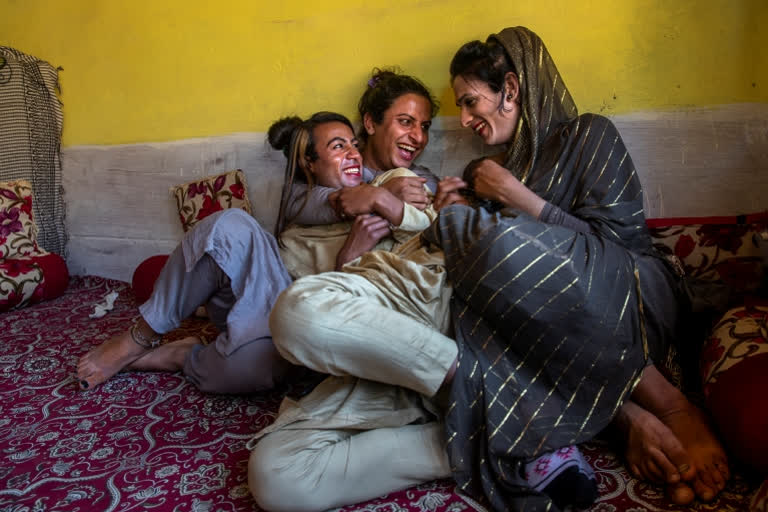Hyderabad: The Hindu epic Mahabharata tells the story of a warrior, born as a female named Shikhandini, who seeks to avenge a dishonour in her past life. To do so, she transforms into a male, taking the name Shikhandi. Shikhandi causes the fall of the great warrior Bhishma, who had taken oath not to fight a woman or one who had been a woman. Shikhandi is not the only transgender hero of the Mahabharata. Arjuna, a key warrior, takes on the appearance of a beautiful woman in order to live incognito in exile.
Indian philosophy, said Lavanya Vemsani, a scholar specializing in Indian history and religions, has long considered the soul beyond gender identity. The supreme being from whom the universe emerged, Brahman, appears in the ancient sacred writings known as the Vedas without gender. Innumerable mythological stories affirm that a person can choose to embrace the male or female form, depending on the circumstances.
When the country’s Supreme Court handed down its landmark 2014 ruling recognizing transgender Indians as a third gender separate from males and females, declaring that all persons have the constitutional right to self-identify their gender, the judges were in a sense affirming ideas about gender that had circulated in India for thousands of years. The court’s rulings were aimed primarily at hijras, a broad demographic that includes transgender, transsexual and intersex communities, who were once widely accepted, as gender fluidity was throughout South Asia.
But public attitudes toward transgender people have been slow to change, still hewing to European ideas about sexuality introduced by 19th-century British colonial rulers. This foreign elite dramatically altered the prevailing cultural understanding of gender, attaching considerable stigma and discrimination to the transgender community that continues today. It took four years after its 2014 ruling for the high court to scrap a colonial-era law that criminalized gay sex. A year after that, India’s Parliament passed a law protecting transgender rights. But hijras are still India’s most socially excluded group.
The hijras’ fortunes began to fall in the 1830s, according to research by Jessica Hinchy, a historian at Nanyang Technological University in Singapore. Before then, hijras had received patronage from the Mughals, Muslim rulers who controlled large parts of South Asia for more than 300 years, and from the Marathas — Hindu kings who ruled much of central India.
In the 18th century, in northern India, hijras would be invited to perform for noble and royal women. Another transgender community, the Khwaja sara, who live mainly in today’s Pakistan, were employed as guards, military commanders, high-ranking state officials or even as spies or tax collectors. “Hijras were generally of humble status but deserving of the patronage of state and performance culturally valued,” said Hinchy.
From the 1830s onward, as Hinchy found in her research, in some regions of British India hijras began to be seen as “ungovernable and a threat,” she said. Public nuisance laws enacted in the 1850s allowed policing of transgender and other marginalized people in “respectable spaces.” More concerted campaigns, which had the support of elite Indians, called for “extinction or for hijras to die out,” Hinchy said.
